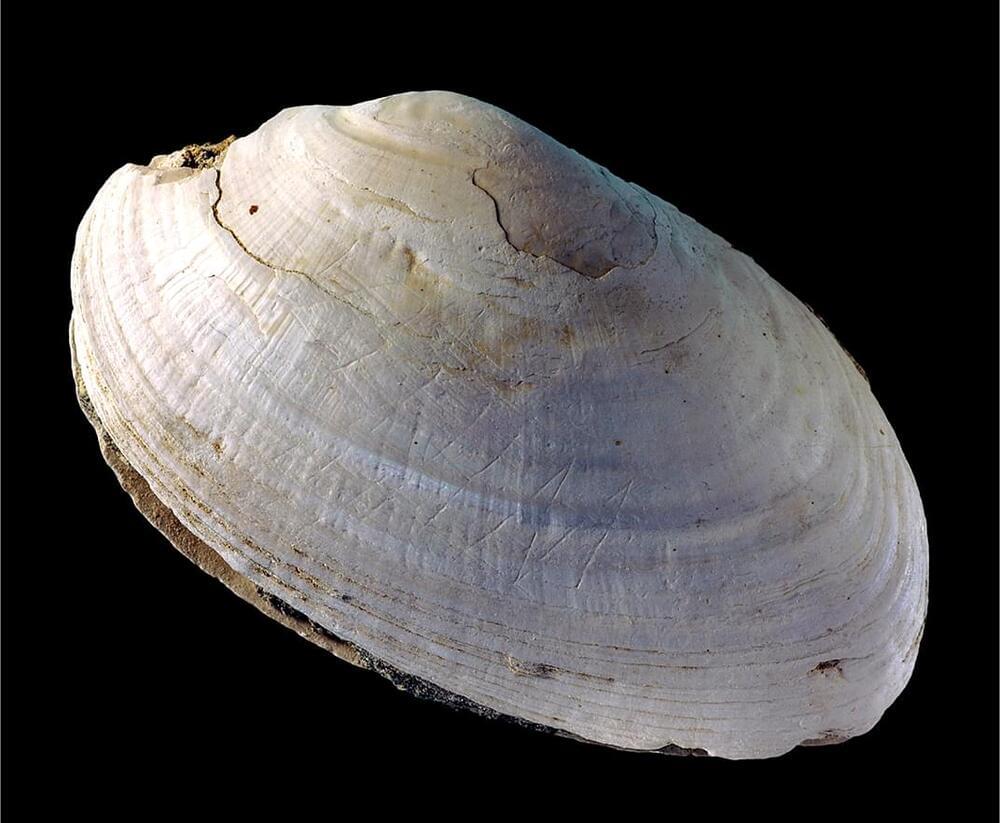On the banks of the Solo River in Java, Indonesia, 19th-century physician Eugene Dubois uncovered an astounding fossil find: the bones of what appeared to be an ancient human, surrounded by animal remains and shells. Excavated in the 1890s, the site gained fame as the home of “Java Man,” better known today as Homo erectus.
Dated to between a million and 700,000 years old, the bones immediately provoked controversy, because Dubois claimed they showed evidence of a transitional species between apes and humans. It turns out he was right— Homo erectus fossils have since been found in Africa and elsewhere in Asia, and it is possible the species is a direct ancestor of our own. But it’s the palm-sized shells found alongside the Java remains that are raising big questions today. An examination of the shells published in Nature suggests that Homo erectus may have used the shells for tools and decorated some of them with geometric engravings. At around half a million years old, the shells represent the earliest evidence of such decorative marks and also the first known use of shells to make tools.
Dubois collected 11 species of freshwater shells at the site, called Trinil. Most of them belong to the sub-species Pseudodon vondembuschianus trinilensis, a now extinct freshwater mussel he described in 1908. Initially scientists thought the mollusks had naturally clustered at the site, perhaps driven by water currents. Even without a connection to the human fossil, the cache provided a nice census of ancient freshwater shell life, coming from at least 166 Pseudodon individuals.
